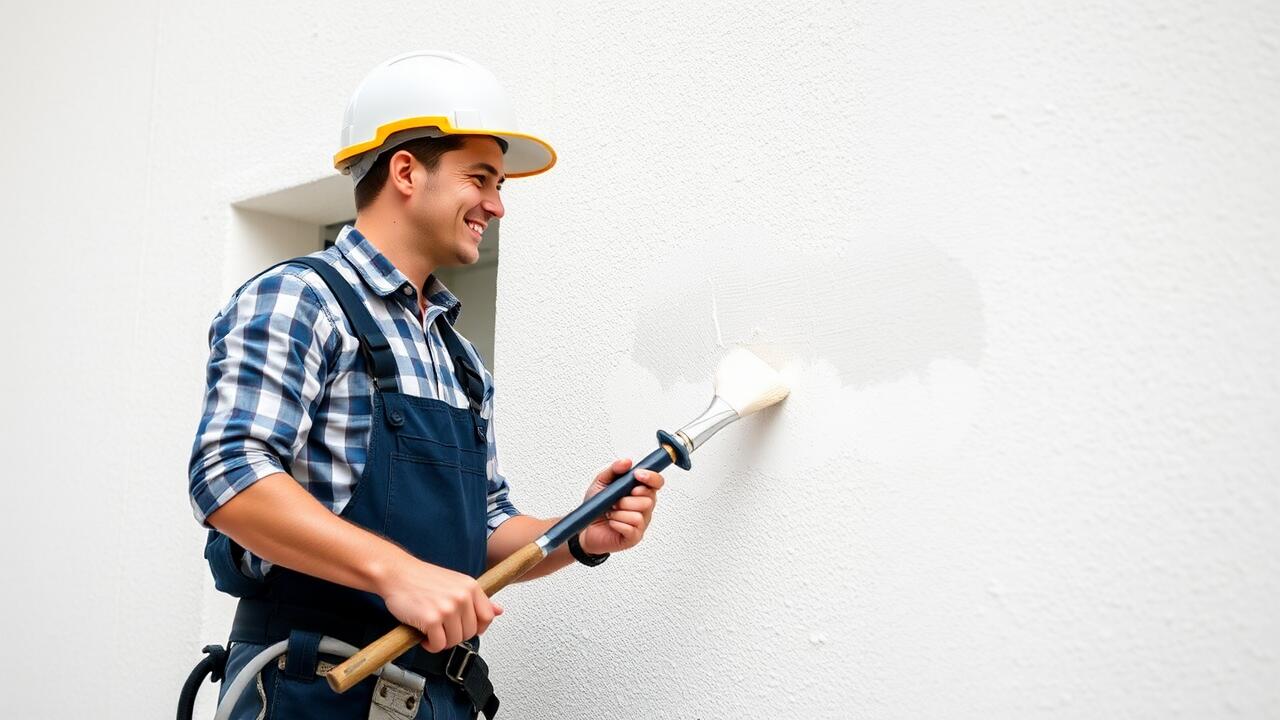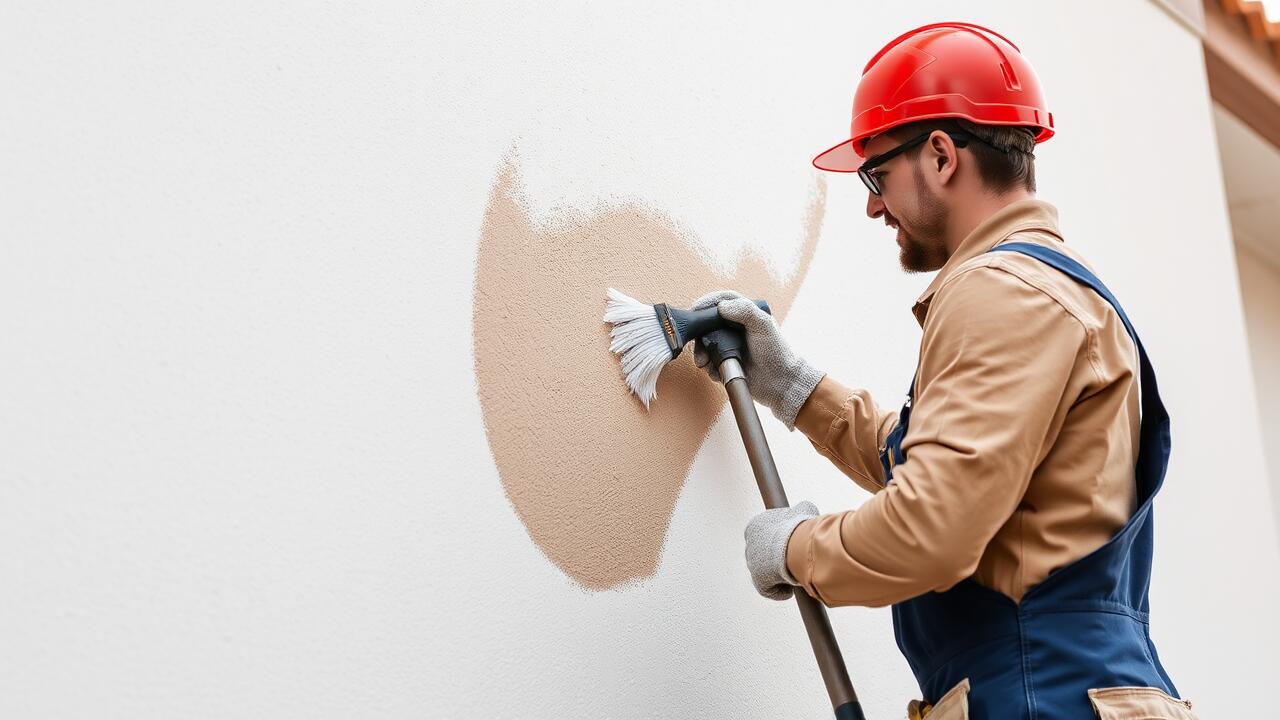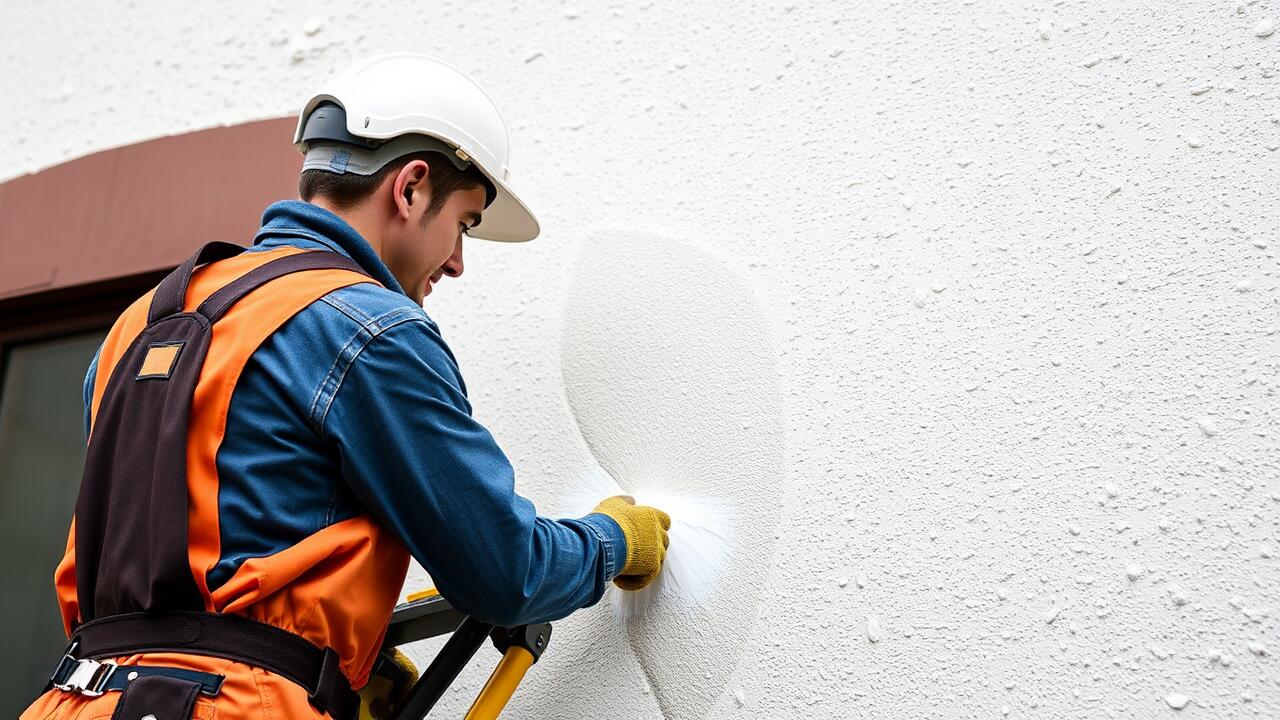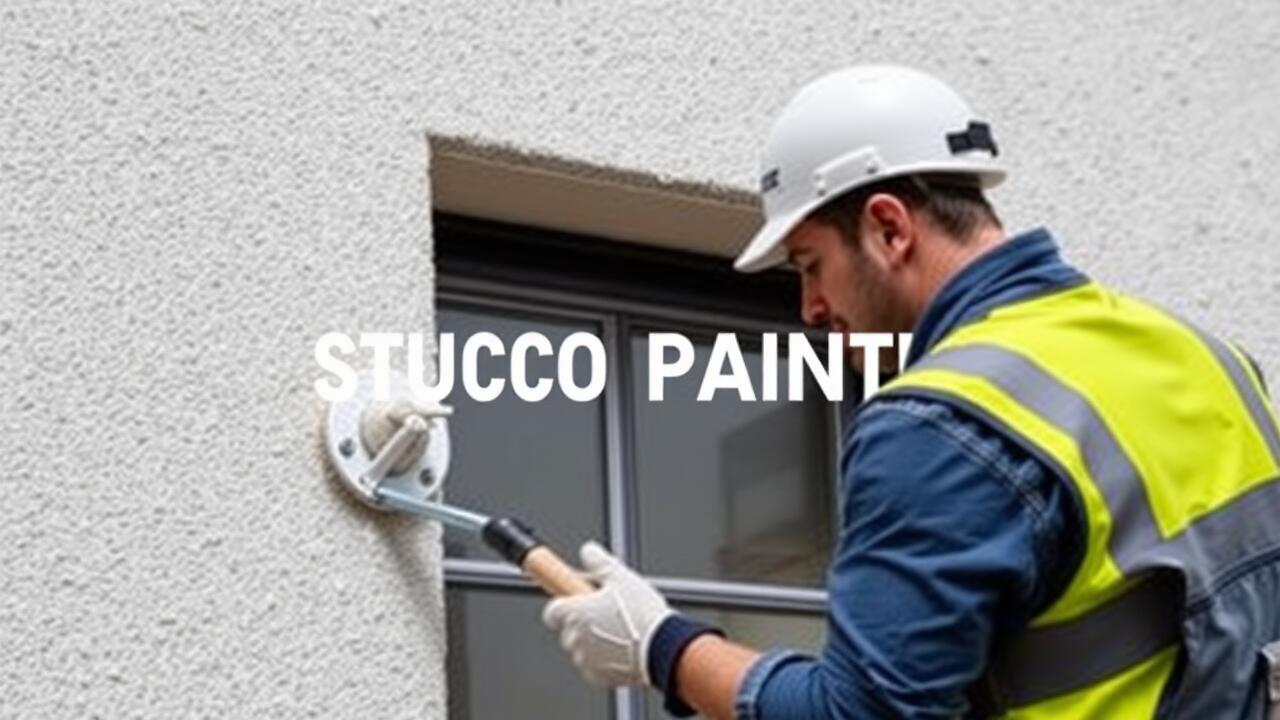
Techniques for Application
When applying stucco, choosing the right technique significantly impacts the final finish. The trowel method allows for precise control over the material, making it suitable for detailed work and textured finishes. Adjusting the angle and pressure while moving the trowel can create various patterns and depths in the stucco. Alternatively, the spray method offers faster coverage for larger areas. A spray system efficiently distributes the stucco with a consistent texture, ideal for new constructions or renovations. Individuals considering this method may find services for "Stucco Painting near me" for professional assistance.
Regardless of the application technique, preparation is crucial for achieving a uniform coat. Priming the surface before applying stucco helps enhance adhesion and smoothens out imperfections. For trowel users, a steady hand is essential for consistency. In contrast, spray applications require the right settings on the spray equipment to ensure even distribution. Conducting thorough inspections throughout the application process allows for prompt adjustments. Utilizing local experts, such as those found under "Stucco Painting near me," ensures the proper techniques and materials are employed to achieve the desired results.
Using a Trowel vs. Spray Method
Choosing between a trowel and a spray method for applying stucco significantly impacts the finish and overall appearance. The trowel approach offers more control over the thickness and texture of the application. It allows for precision work, making it suitable for smaller areas or intricate details. With a trowel, the applicator can create consistent lines and a uniform surface, ensuring that each stroke contributes to a flawless finish.
On the other hand, the spray method is ideal for larger surfaces and can expedite the coating process. This technique provides a smoother finish and requires less physical effort, which can be appealing for those tackling extensive projects. However, achieving an even application can be challenging, especially for beginners. Many homeowners consider searching for “Stucco Painting near me” to find professionals who are skilled in either method, ensuring a quality result that meets their specific needs.
Working in the Right Conditions
When applying stucco, weather conditions play a crucial role in achieving a successful finish. Optimal temperatures typically range from 50°F to 90°F, ensuring the stucco adheres properly without drying too quickly or experiencing issues with curing. Rain or high humidity can interfere with the application process, leading to uneven surfaces or compromised durability. It is advisable to check local forecasts and schedule the stucco work for a period when the weather remains stable.
In addition to temperature, the time of day can also affect the stucco application. Mornings or late afternoons generally provide a cooler environment, minimizing heat exposure and allowing for better control over the material's behavior. Homeowners seeking professional assistance might consider searching for "Stucco Painting near me" to find experienced contractors who can work within these ideal conditions. This ensures that the job is completed to a high standard, promoting longevity and aesthetic appeal.
Ideal Weather for Stucco Coating
The ideal weather for stucco coating plays a significant role in ensuring a successful application. Temperatures between 50°F and 90°F are generally considered optimal. Excessively high temperatures can lead to rapid drying, making it challenging to achieve an even finish. On the other hand, very low temperatures can hinder the curing process. It is crucial to monitor humidity levels as well; too much moisture in the air can result in improper bonding and promote issues like mold.
Choosing the right time of year for project completion can save time and resources. Spring or early fall often provides mild weather conditions suitable for stucco applications. Homeowners looking to enhance their property may search for "Stucco Painting near me" when seeking professionals who understand weather nuances. Ensuring the ideal climate will enhance the longevity and durability of the finished product.
Ensuring Proper Coverage
Achieving proper coverage during stucco application is crucial for both aesthetic and functional purposes. A consistent coat ensures that the surface not only looks uniform but also protects against moisture and environmental elements. It is important to inspect areas for thin coverage or spots that may need additional layers. Utilizing a consistent technique, whether you prefer brushing or spraying, can help in identifying any discrepancies in coverage as you work.
When searching for “Stucco Painting near me,” consider not just the service offered but also their expertise in ensuring an even coat. Experienced professionals will typically have a systematic approach to inspecting coverage and can provide insights on how to maintain uniformity across the entire surface. This attention to detail can significantly enhance the durability and appearance of the stucco, making sure it serves its purpose effectively over time.
Techniques for Inspecting Evenness
Achieving an even stucco surface is crucial for both aesthetics and durability. A reliable method for inspecting evenness involves using a straightedge or level. By placing the tool against the surface and checking for any gaps or uneven areas, you can identify spots that may require additional material. It's essential to look for any inconsistencies before the coating cures, as making adjustments during or after the drying process can be challenging.
For those seeking local assistance, searching for "Stucco Painting near me" can yield professionals who specialize in this kind of work. They often utilize advanced techniques and tools to ensure seamless coatings. Observing their methods during inspection can provide valuable insights into effective practices for assessing evenness and achieving a flawless finish.
FAQS
What is the best technique for applying stucco evenly?
The best techniques for applying stucco evenly include using a trowel for precision or a spray method for a faster application. Each method has its advantages depending on the specific project needs.
What are the advantages of using a trowel for stucco application?
Using a trowel allows for greater control over the thickness and texture of the stucco, making it ideal for detailed or intricate work where precision is key.
How does weather affect stucco application?
Ideal weather for stucco coating is essential, as applying stucco in extreme temperatures, high humidity, or windy conditions can lead to uneven drying and poor adhesion.
What should I look for when inspecting the evenness of stucco coverage?
When inspecting for evenness, look for consistent texture, color, and thickness across the surface. Use a straightedge or level to check for flatness, and inspect for any cracks or irregularities.
Can I apply stucco in cold weather?
Applying stucco in cold weather is not recommended, as the material can freeze before it cures, leading to poor adhesion and potential damage. It's best to wait for milder conditions.



